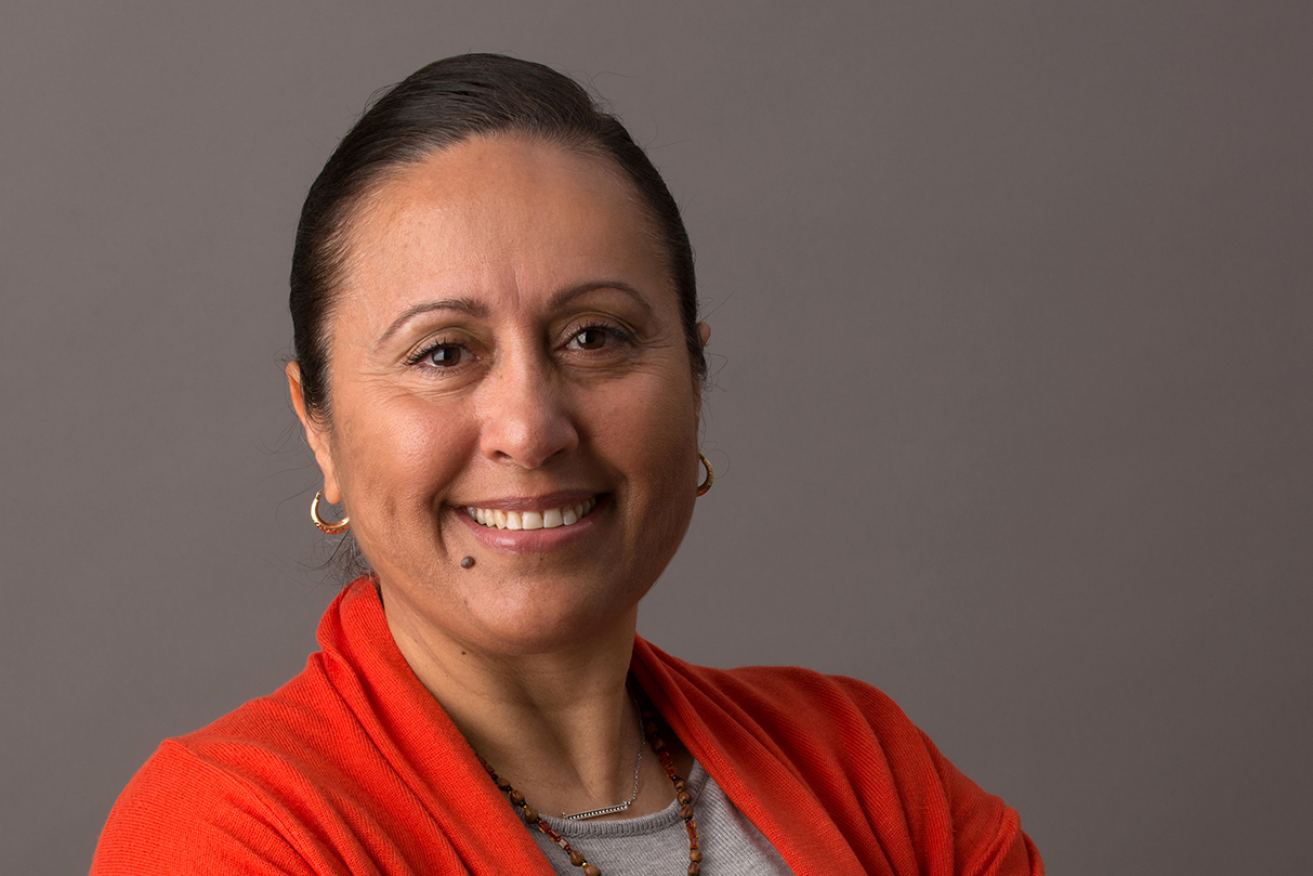SA Govt sets 10-year deadline to close Indigenous education gap
South Australian Aboriginal students will reach the same literacy and numeracy standards as their non-Aboriginal classmates by 2029 under the Education Department’s new draft plan for closing the gap on Indigenous education.

Aboriginal education director April Lawrie says the draft Aboriginal Education Strategy sets ambitious targets. Photo: Supplied
The draft strategy, released for public consultation by the department on Friday, also outlines a 10-year target for Aboriginal students to achieve their South Australian Certificate of Education (SACE) at the same rate as non-Aboriginal students.
The former Labor Government invested $11.9 million in the development of the new Aboriginal Education Strategy last year as part of its push to increase attendance and retention rates of Aboriginal students in schools.
According to the draft strategy, the number of Aboriginal students completing their SACE has increased from 238 in 2013 to 386 in 2017. However, 35 per cent of Aboriginal young people are leaving school before Year 12 and are therefore unable to achieve their SACE.
Adding to student retention concerns are gaps in literacy and numeracy levels, with this year’s Closing the Gap report showing South Australian Aboriginal and Torres Strait Islander children in Years 3, 7 and 9 are yet to meet the national target in literacy, and children in Years 3 and 7 are yet to meet the national target in numeracy.
Director of Aboriginal Education, April Lawrie, who was last week announced the inaugural Commissioner for Aboriginal Children and Young People, said the department had deliberately set ambitious targets to address the gaps in Indigenous education.
“We know that you need targeted responses and approaches for Aboriginal children and young people and so the 10-year goals are high level (and) we will not step away from them,” she said.
“We know that we have high expectations of our Aboriginal children and young people but we also have high expectations of our education system in supporting the outcomes that we’re looking for.”
Lawrie said the department was now working to develop an implementation plan for the strategy, which she said would outline changes in teaching practice, curriculum delivery, languages, school governance and workforce development.
The draft strategy outlines a target to develop a “strong (and) sustainable Aboriginal workforce”, stating Aboriginal employees represent just 2.5 per cent of the department’s workforce – with the proportion of Aboriginal teachers and school leaders even lower.
“We’ve got some work to do around getting a proper look at our recruitment, our retention and employment practices,” Lawrie said.
“(That) could be, for example, the development of a very clear career pathway or career structure.
“But first of all, we need to establish what are the gaps and the opportunities within our workforce to understand what our actions need to be.”
Prominent education leaders, including Professor Peter Buckskin, who was involved in the development of the Aboriginal Education Strategy, have previously called on the department to reintroduce bilingual Pitjantjatjara Yankunytjatjara education in APY schools.
The draft strategy outlines a vision to “strengthen and reinvigorate” the study of Aboriginal languages in schools, including a recognition of the “linguistic rights of Aboriginal children and students”.
Lawrie said the department was aware that there was a call for it to develop a curriculum that enabled schools to teach in Aboriginal languages, but she stopped short of committing to formalised bilingual education.
“I know that with respect to our Aboriginal schools across the Aṉangu Pitjantjatjara Yankunytjatjara schools, (the priority) is first language maintenance and to develop strategies and implement practices that not only support proficiency in English but importantly support proficiency in Pitjantjatjara and Yankunytjatjara language,” she said.
“Whilst we have those as key areas for improvement we actually need to be clear about how we do that and how we do that with the Aboriginal community.
“The education system can’t do that without the Aboriginal community.”
Buckskin said today that while he was pleased that the department had committed to a long-term plan, he said he was concerned that the government had not cemented the guarantees with funding.
‘What we’ve got is a commitment – a business strategy from the department – but there’s lots of stuff that’s not sorted yet,” he said.
“There are other things that need to be addressed – professional development of teachers is so important so that schools become more culturally responsive.
“The emphasis has got to be on the system – listening and interpreting with the support of an Aboriginal person – the cultural identity and the language so that teachers know how to respond to the cultural needs of Aboriginal children.”
Lawrie said the department had set aside funding from the initial $11.9 million investment to implement the strategy.
She said the strategy would involve an “independent monitoring aspect” and “accountability framework” to ensure its effectiveness when she left the Education Department to commence her new role as Commissioner for Aboriginal Children and Young people.
The Education Department is now seeking feedback from Aboriginal education groups, the education union, SA Principal’s Association and general public on its draft strategy.




